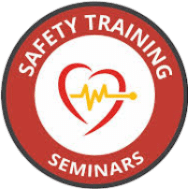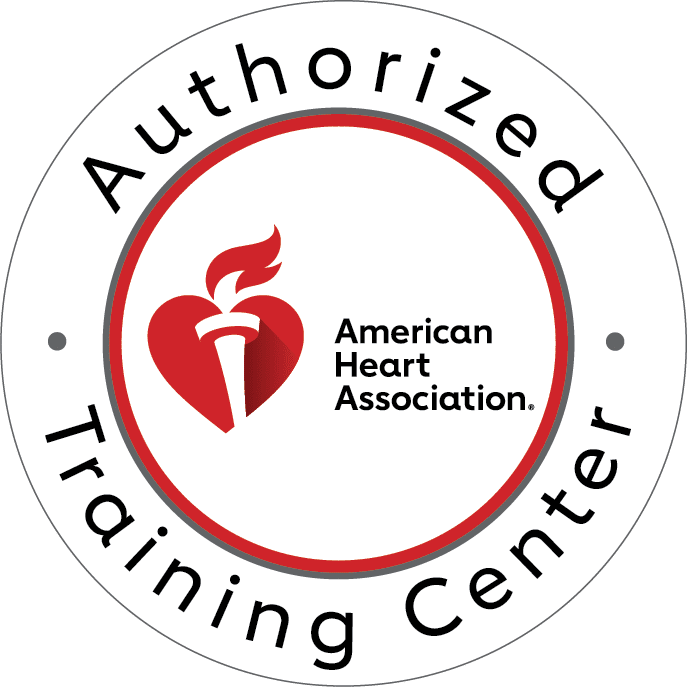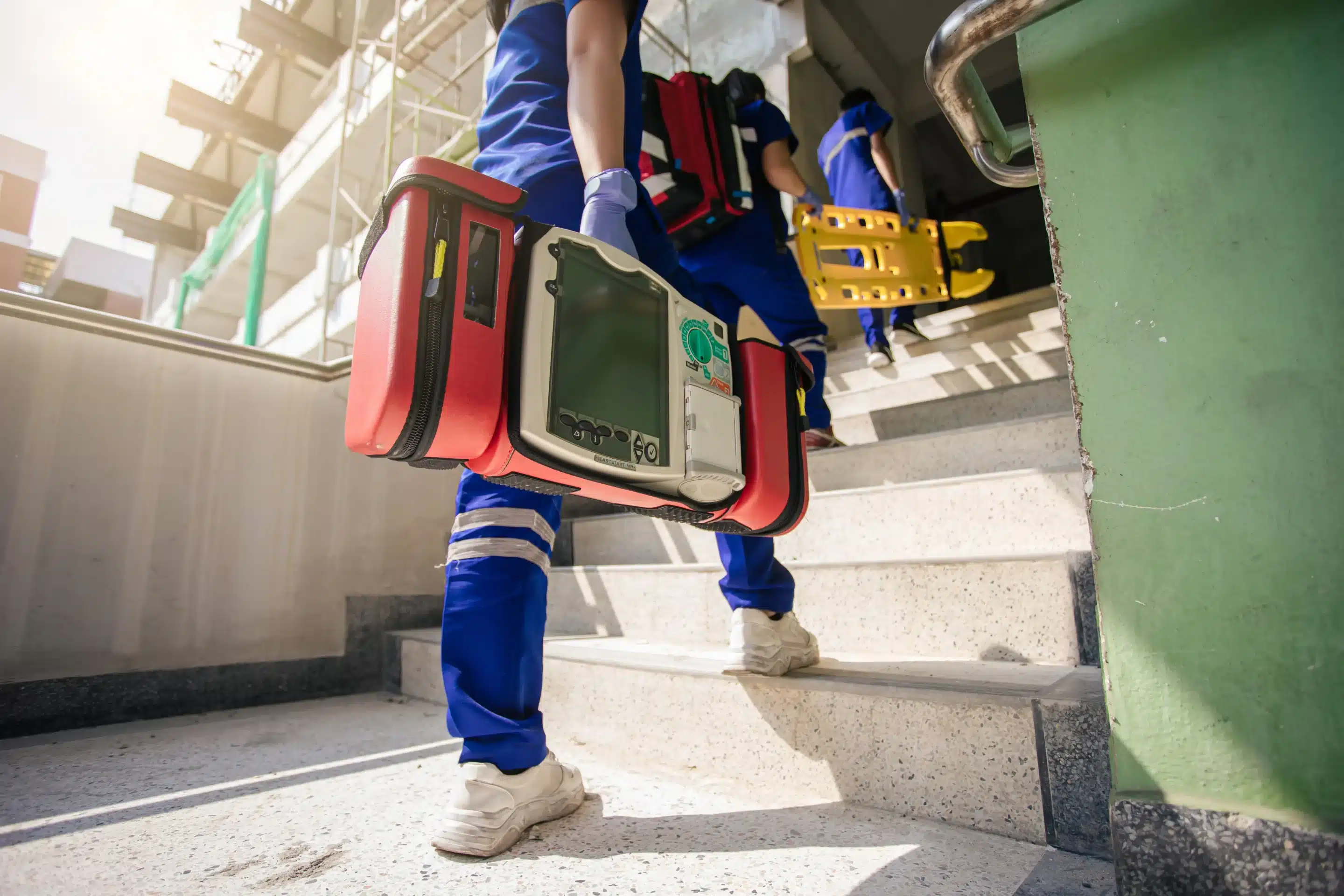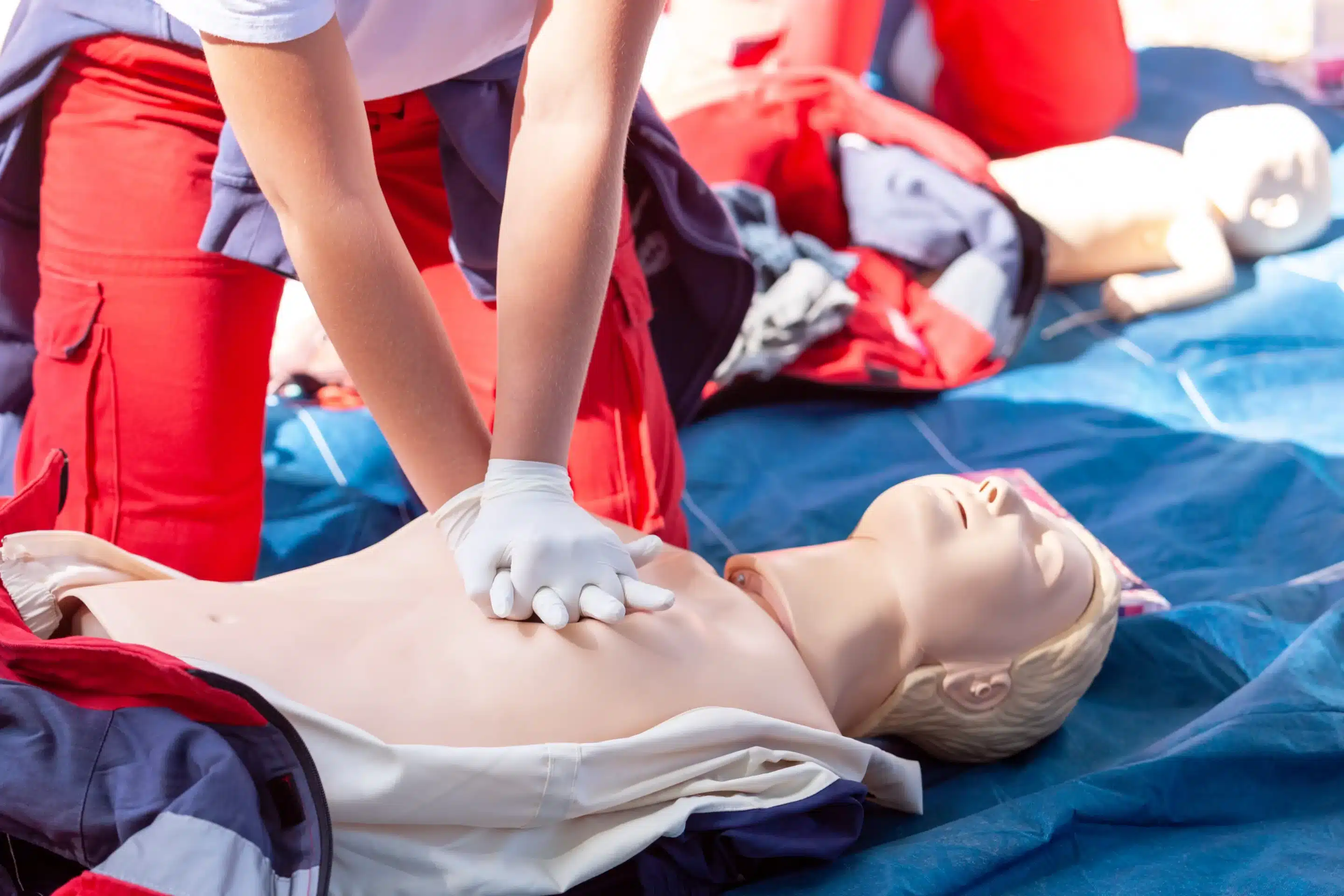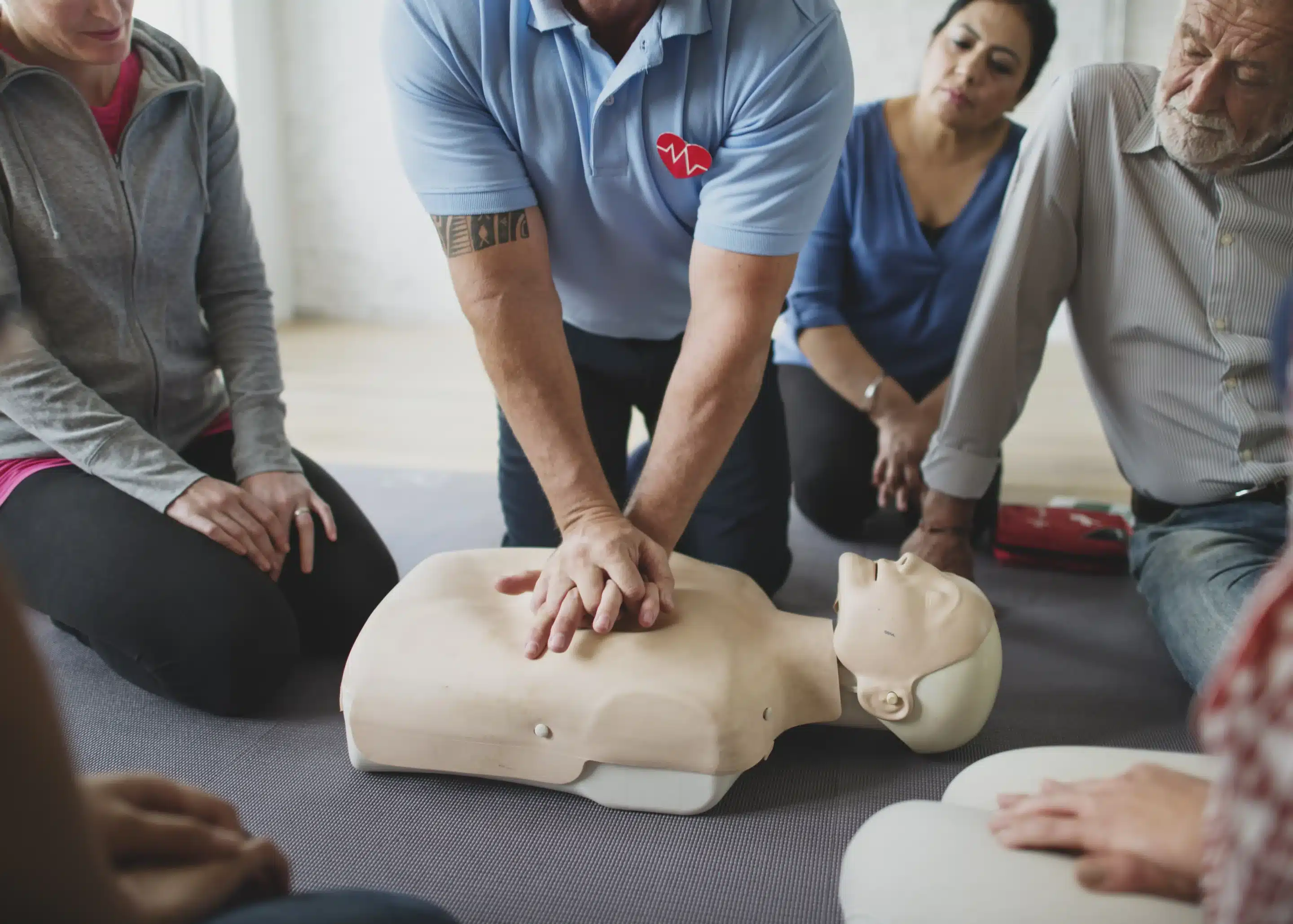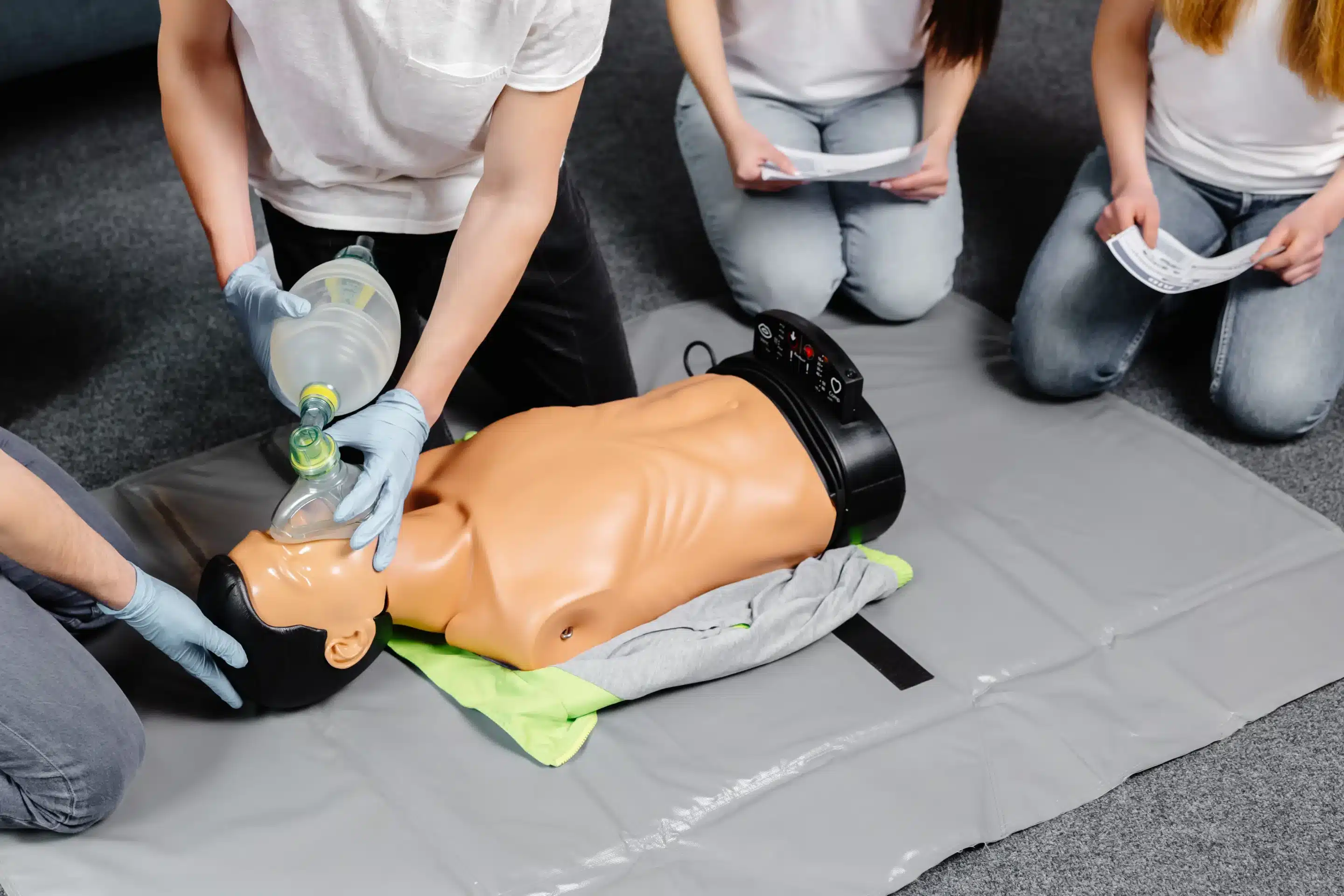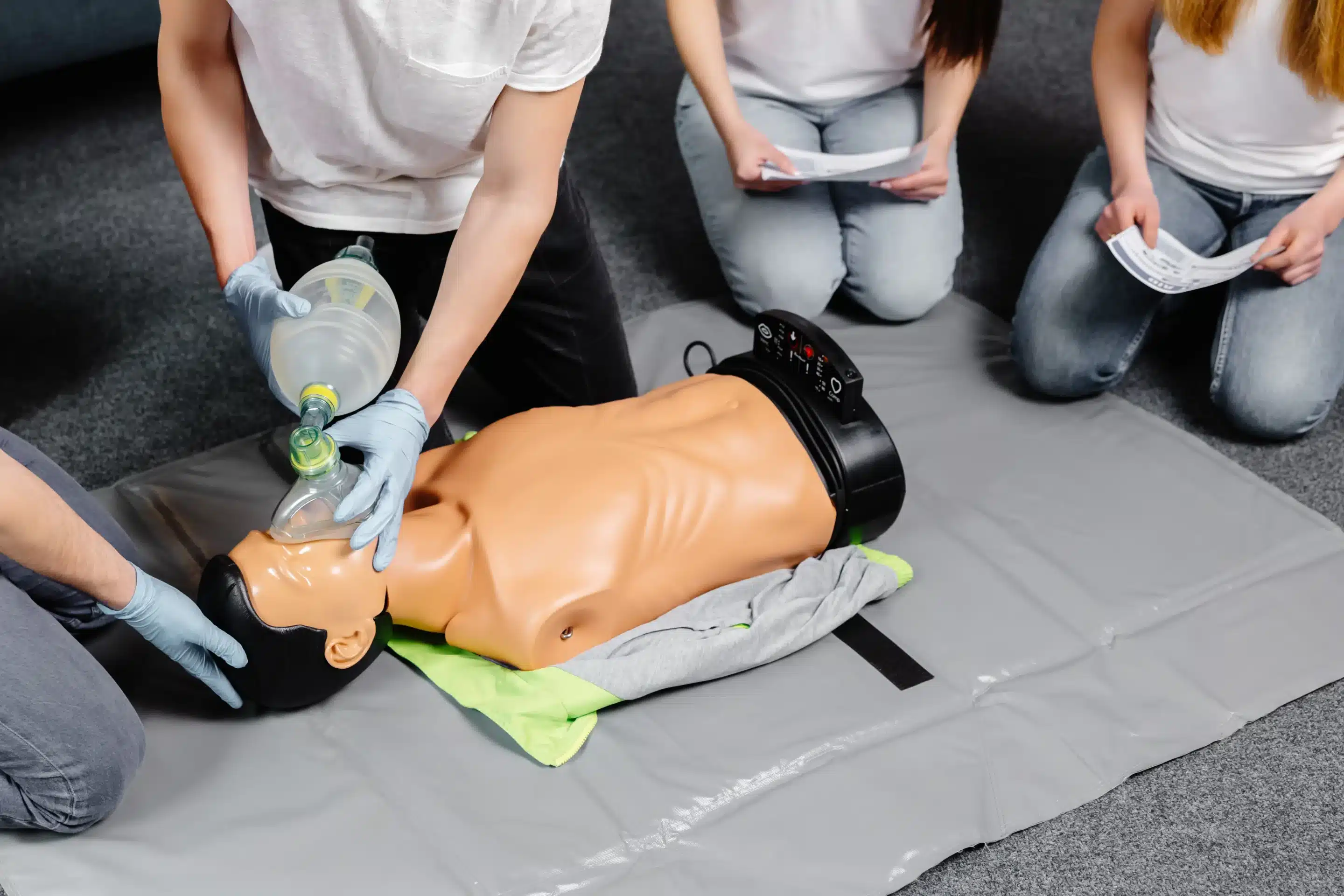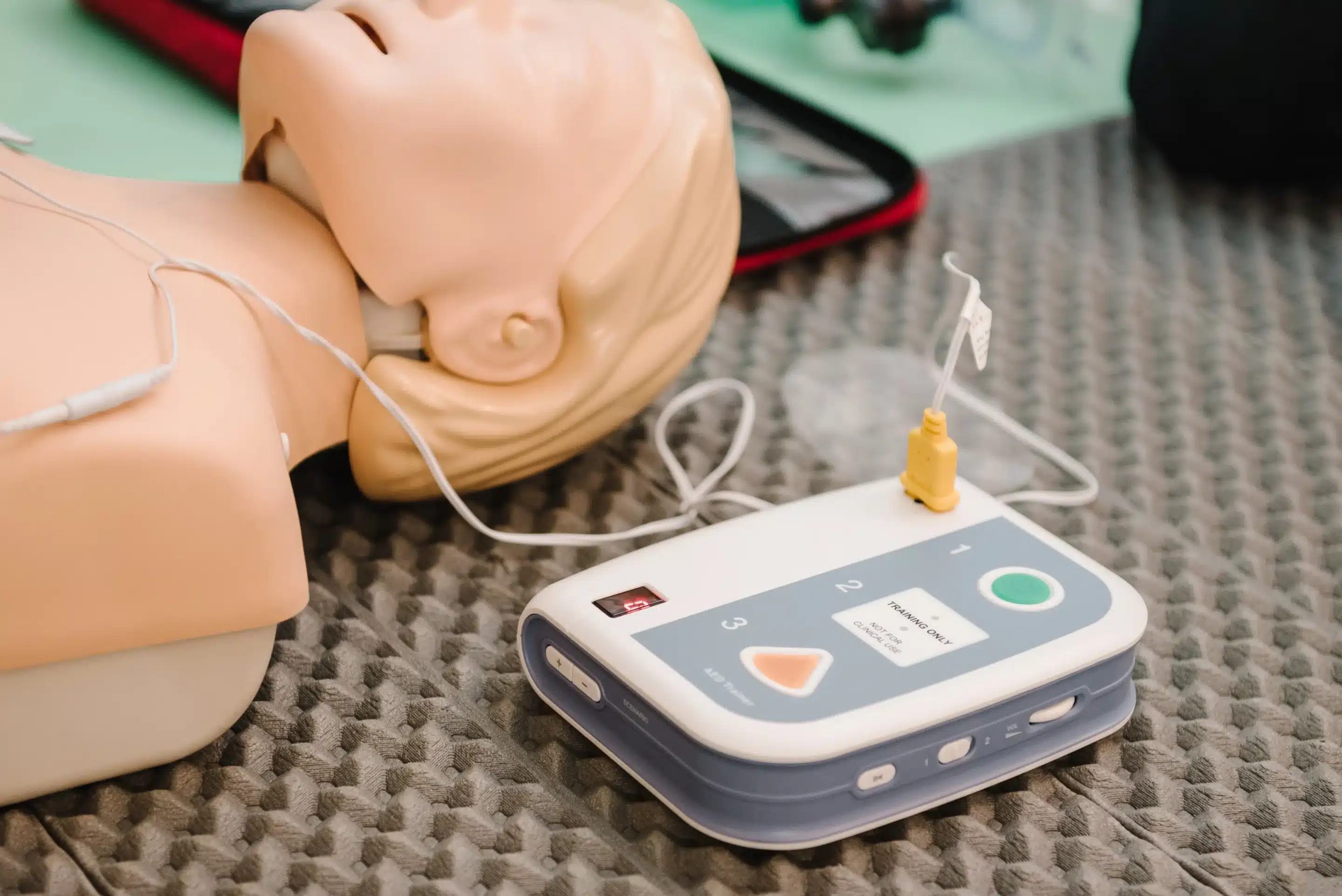Introduction – Science Behind Effective CPR
Cardiopulmonary Resuscitation (CPR) is a lifesaving technique performed during emergencies like cardiac arrest when the heart stops beating. It involves chest compressions and rescue breaths that keep oxygenated blood circulating until medical help arrives. Understanding the science behind effective CPR can empower you to take action in critical situations.
The Role of the Heart
The heart is a vital organ that pumps oxygenated blood throughout the body. When it ceases to function, as in the case of cardiac arrest, the supply of oxygen to the brain and other vital organs is cut off. This can lead to irreversible damage within minutes. Hence, immediate intervention in the form of CPR becomes crucial.
Principles of CPR
CPR mimics the heart’s pumping action. By pressing hard and fast on the chest, you’re essentially squeezing the heart between the breastbone and backbone, causing it to pump blood. Meanwhile, rescue breaths fill the lungs with oxygen. Together, these actions help maintain a flow of oxygenated blood to the brain and other organs.
Importance of Chest Compressions
Chest compressions are a fundamental component of CPR. Research indicates that high-quality chest compressions – those that are deep enough and at the right speed – can double or even triple the chances of survival after cardiac arrest. They should be performed at a rate of 100-120 compressions per minute and at a depth of at least 2 inches in adults.
Rescue Breaths: An Essential Element
While chest compressions circulate blood, rescue breaths replenish its oxygen content. During a cardiac arrest, lungs stop functioning along with the heart. By giving rescue breaths, you’re essentially breathing for the person, filling their lungs with oxygen, which gets circulated by chest compressions.
The Chain of Survival
CPR is just one link in the “Chain of Survival” – a series of actions that, when performed in sequence, significantly increase the chances of survival after cardiac arrest. The other links include early recognition and calling for help, rapid defibrillation, effective advanced life support, and post-cardiac arrest care.
Hands-Only CPR
Hands-only CPR is a method endorsed by the American Heart Association for untrained bystanders. It involves performing chest compressions without rescue breaths. Studies show that it can be as effective as traditional CPR in the first few minutes of an out-of-hospital cardiac arrest.
Automated External Defibrillators (AEDs)
AEDs are devices that can deliver an electric shock to restart a heart in cardiac arrest. When used alongside CPR, they can significantly increase survival rates. AEDs are designed for use by the public and provide voice prompts to guide users through each step.
Conclusion – Science Behind Effective CPR
CPR is a vital skill that everyone should learn. By understanding the science behind it, we gain a greater appreciation for its lifesaving potential. Whether you’re a healthcare professional or a layperson, your actions can make the difference between life and death in a cardiac emergency.
